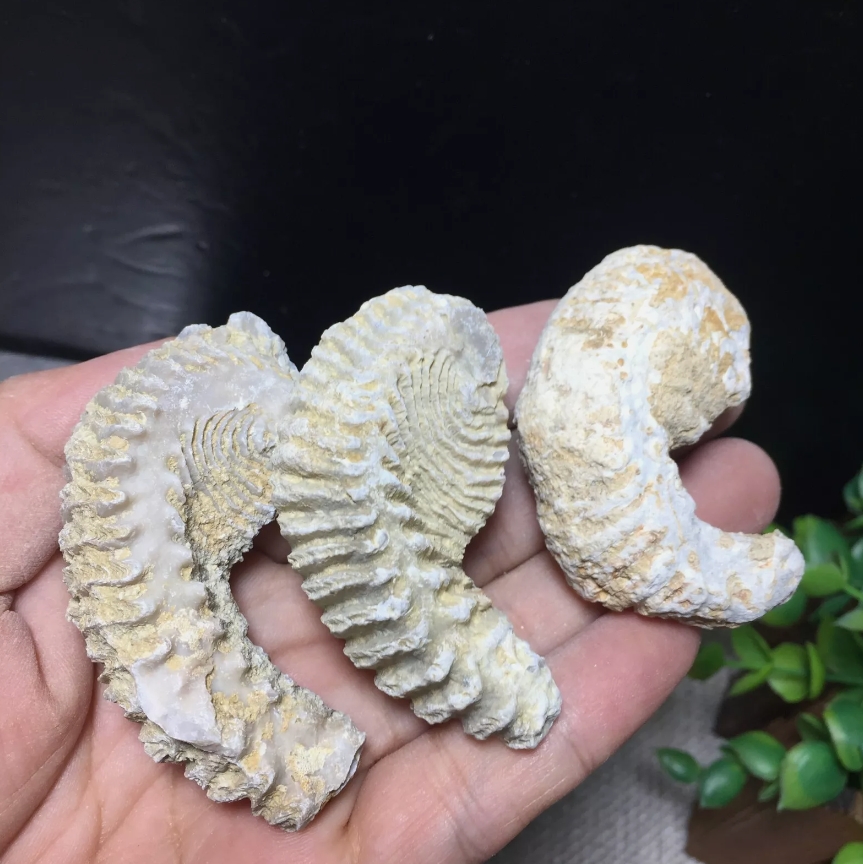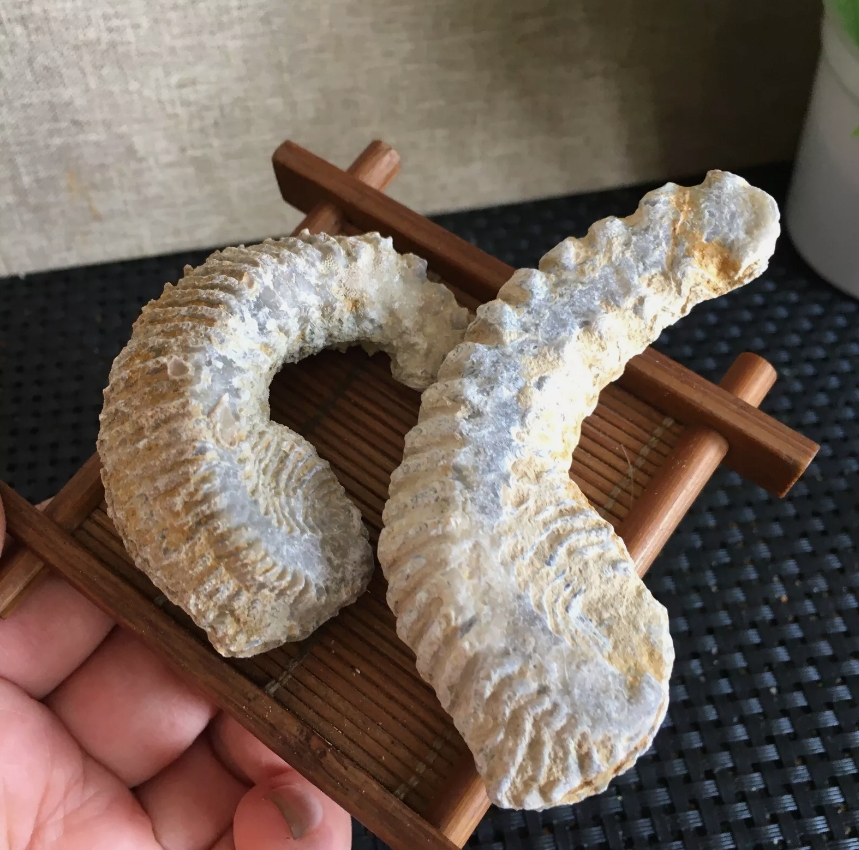Oyster is a kind of Marine mollusk widely distributed all over the world, belonging to the bivalve family. Its unique shape and growth characteristics make it an ideal object for many research and display specimens. The oyster shell usually consists of two opposite shells, the outer shell is hard and rough, and the inner shell is smooth and pearl-shiny. This structure not only provides protection for oysters, but also enables them to play an important role in the ecosystem.
As a filter for plankton, oysters effectively clean water and improve the ecological health of the waters. In specimen displays, oysters are often used to showcase their biodiversity and ecological functions. After scientific treatment and preservation, oyster specimens can clearly show the texture and color of their shells, providing viewers with the opportunity to observe and study.
The growing process of oysters is of particular interest. They are usually attached to rocks or other hard surfaces in the water, and through the opening and closing of their shells, they absorb plankton and nutrients in the water. In the right environment, oysters can reproduce quickly and establish dense colonies. This community not only provides habitat, but also facilitates the ecological chain of other Marine life, so oysters are widely used in ecological restoration and conservation research.
When preparing oyster specimens,scientists and collectors usually select healthy and intact individuals,which are washed, dried and preserved to produce rustic and beautiful specimens. These specimens not only contribute to scientific research,but also provide rich teaching materials for museums and educational institutions,helping to raise public awareness of Marine ecology and conservation awareness.
In short, oyster specimens have become an important part of Marine biology research because of their unique biological characteristics and ecological significance.




